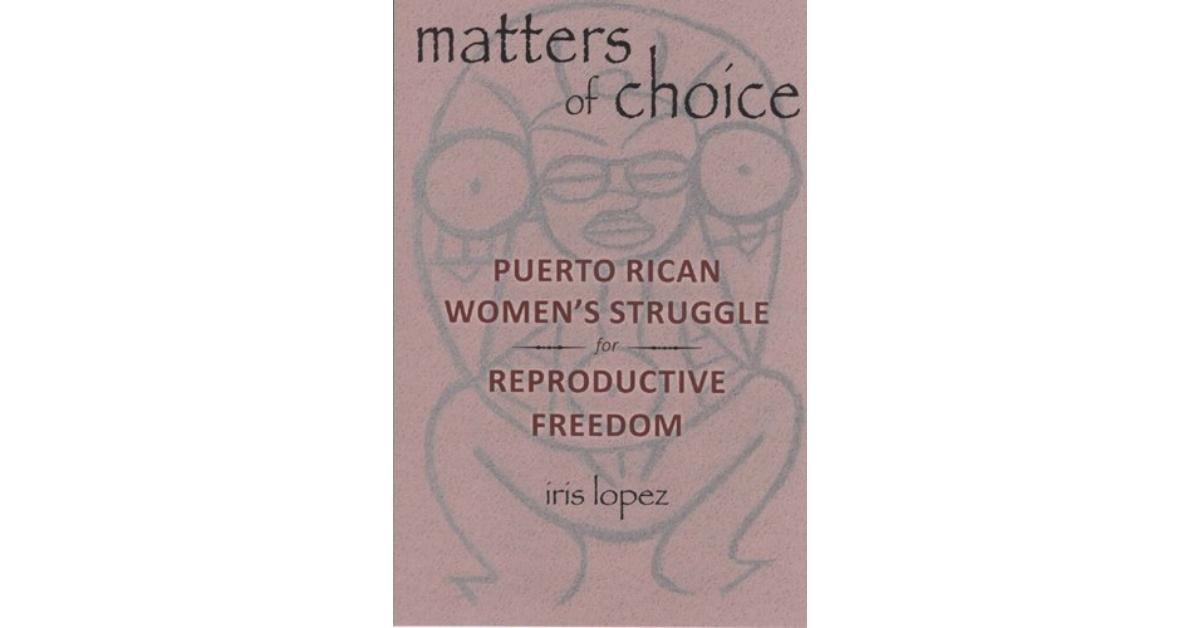9 Books on Abortion Rights That Everyone Should Read
Published May 13 2022, 12:59 p.m. ET

With the impending destruction of Roe v. Wade, which previously gave people rights to access safe and legal abortions, more people are looking to further educate themselves on the matter. When you aren't signing petitions or attending rallies, we strongly suggest reading these books about abortion rights, which will give you more insight on the matter. It's certainly an important topic, now more than ever.
‘Before Roe v. Wade: Voices That Shaped the Abortion Debate Before the Supreme Court’s Ruling,’ by Linda Greenhouse and Reva Siegel
Learning the history of abortion and how it became legal is crucial in forming an opinion on the matter. Before Roe v. Wade provides readers with original letters, memos, legal papers, and more, which give important insight on the fight that started it all.
'This Common Secret: My Journey as an Abortion Doctor' by Susan Wicklund
This Common Secret: My Journey as an Abortion Doctor is Susan Wicklund's memoir, which tells the story of what inspired her to become a provider — which was her own abortion. It gives first-person insight on her family history, her decision to not go through with her pregnancy, and how her family reacted to it all throughout the '80s and '90s.
'A Spark of Light' by Jodi Picoult
A Spark of Light is a fictional book that brings readers back to a shooting at an old-timey reproductive clinic. It's an emotional thriller that tells the stories of the individuals involved, including the shooter themself, the hostages, and the employees, explaining what brought each of them to the clinic that day.
'Killing the Black Body: Race, Reproduction, and the Meaning of Liberty' by Dorothy Roberts
Killing the Black Body: Race, Reproduction, and the Meaning of Liberty by Dorothy Roberts delves into the topic of systematic medical abuse, which have affected Black people in the U.S. for centuries. Combining history and theory, the author shows readers the disproportionate struggles Black families have been facing while many white people assumed reproductive rights were available to everyone.
'They Weep On My Doorstep' by Ruth Barnett
They Weep On My Doorstep recounts the fight of a female abortionist before Roe v. Wade was passed in 1973. It's autobiographical, showing what abortions were like prior to being legalized. It gives quite a bit of insight as to how education and culture surrounding the practice have changed over the years.
'Undivided Rights: Women of Color Organizing for Reproductive Justice' by Jael Silliman, Marlene Gerber Fried, Loretta J. Ross, and Elena R. Gutiérrez
Undivided Rights: Women of Color Organizing for Reproductive Justice looks at the history of reproductive rights for BIPOC communities across the country. It shows how activism for reproductive rights is often very white-washed, giving insight as to how it affects Black families today.
'Matters of Choice: Puerto Rican Women's Struggle for Reproductive Freedom' by Iris Lopez
Matters of Choice: Puerto Rican Women's Struggle for Reproductive Freedom analyzes views and opinions on sterilization used for population control or as a means of liberation for people who may become pregnant. It takes information from 25 years worth of research on Puerto Rican families across Brooklyn, looking at how people make fertility choices based on social and economic constraints.
'Birthing a Movement: Midwives, Law, and the Politics of Reproductive Care' by Renee Cramer
Birthing a Movement: Midwives, Law, and the Politics of Reproductive Care by Renee Cramer is a compilation of personal stories from midwives over the course of several years. It delves into politics surrounding midwifery, and how many of them are reproductive justice advocates. Although it's legal in many states, it's illegal in eight, giving rich insights from activists, scholars, and healthcare professionals alike.
'My Body My Choice' by Robin Stevenson
My Body My Choice is a book for teens, combining text, photos, maps, and charts to explain abortion, its history, and notable activists from the last several centuries. It looks at laws across many countries and eventually explains the current struggle for reproductive rights. Stevenson is a queer mom, who uses transgender-inclusive language, so this is definitely a great piece of text for readers of any age.
